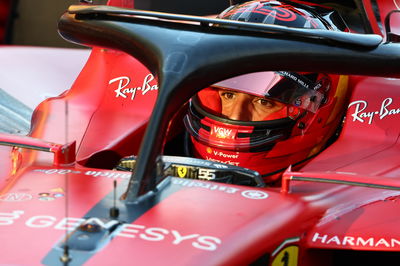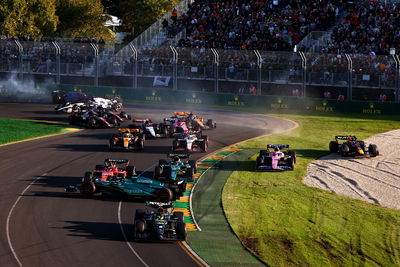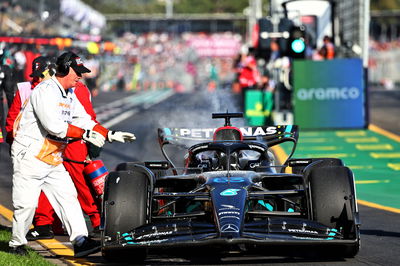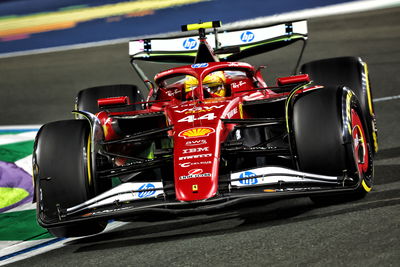Ferrari request right of review into Sainz’s penalty at Australian GP

Sainz was hit with a five-second penalty for colliding with Aston Martin’s Fernando Alonso on Lap 57 of the race.
The Ferrari driver classified 12th in the end, leaving him fuming over team radio and during the post-race interviews.
"I prefer not to talk right now,” Sainz told Sky. “Honestly, I am too disappointed and I am going to say bad things.
“It is the most unfair penalty I have seen in my life.
“I prefer to have a conversation with them and then come talk to you guys because right now I cannot do it.”
Under the FIA's International Sporting Code, competitors can request a right of review up to 14 days after a stewards' ruling if “a significant and relevant new element is discovered which was unavailable to the parties seeking the review at the time of the decision concerned”.
Ferrari have two key reasons for their right of review.
The stewards didn’t investigate Logan Sargeant’s crash into the back of Nyck de Vries into Turn 1.
While Pierre Gasly got away with a penalty despite putting his teammate Esteban Ocon into the wall - also on the same lap.
In the case of the Alpines, they were able to discuss the incident with the stewards after the race, but Ferrari were handed the penalty almost immediately, giving Sainz no chance to plead his innocence .
Speaking to select media including Crash.net on Thursday, Vasseur revealed that Ferrari want the case to be looked at again.
“We did the petition for the review of the case,” he said. “We sent it today to the FIA.
“As we are discussing with the FIA I don’t want to discuss any details of this discussion. The only thing is that about Ocon-Gasly, also Sargeant-De Vries, Turn 1 - the reaction of the stewards wasn’t the same.

“The process is that first they will have a look at our petition to see if they can re-open the case and then we will have a second hearing about the decision itself.
“What we can expect is to have an open discussion with them but also for the good of the sport - to avoid having these kind of decisions when you have three cases on the same corner but not the same decision.”












